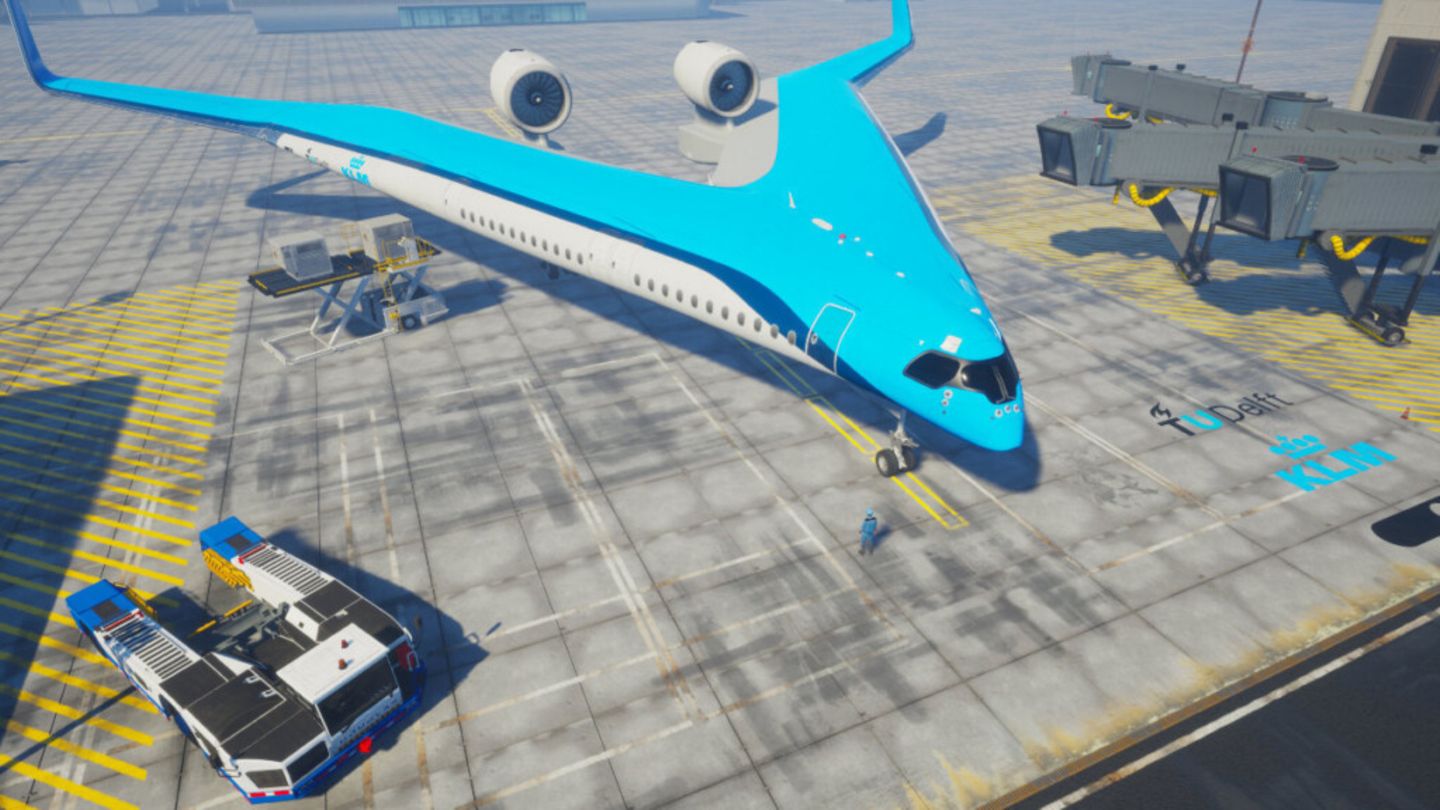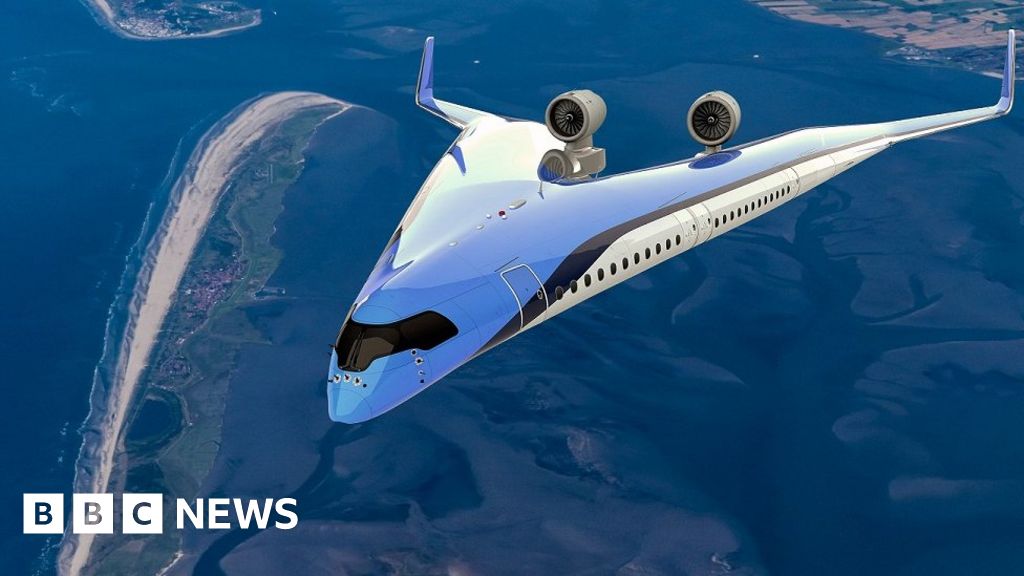- Joined
- 19 July 2016
- Messages
- 4,287
- Reaction score
- 3,466
Likewise, being in an aircraft and not being able to see outside is a waste. It has been a long time since I flew anywhere though (1995).
There is a simple solution to windows on the leading edge. Just get rid of them... and replace them with TV screens. Simplifies the structure and most people shut their windows down anyways.
Not me. Whenever I went on holiday abroad I always wanted the window's open to look out even if there was nothing to lookout at over the Atlantic Ocean.

You brought up a very important issue, that I have never seen before when reading about any flying wing transport. Maybe the only solution is to replace the passenger windows by TV screens, to show the outside world. On the other hand, I think safety regulation demand windows to provide lighting in an emergency. On the other hand again, the sweep-back of the leading edge will reduce the impact of the bird and the structure & windows may not have to be so strong.With this arrangement, bird strike will be a show stopper;- a conventional cockpit window glass is about 40-50mm thick laminated glass and it together with the frame is very heavy but there’s only a few of them. Normal pax windows are only 6-8mm thick lightweight plexiglass but can’t be impacted by a bird. With a conventional wing the leading structure, a bird will penetrate the leading edge but loose sufficient energy that its remains won’t penetrate the forward spar which is the fuel tank boundary.
With this Vee wing thingy every leading edge window/frame will have to be strong enough to take a bird without rupture or discharge of debris afterward;- all the front aspect pressurised hull will have to take a bird without breach;- doors, especially emergency exits will have to take a bird without loss of function. Hence any aero benefit will rapidly be negated by the extra structural weight. Good luck with that.
Likewise, being in an aircraft and not being able to see outside is a waste. It has been a long time since I flew anywhere though (1995).

Greener planes of the future... or just pretty plans?
The aerospace industry is testing models of radical looking aircraft, but will they ever make it into production?www.bbc.com
Wasn’t there a three core EELV type fly back that would glide back that looked similar? The outer two strap-one with rogallo webbing connected to the center core?
